Innovative Product Development
The spirulina market in North America is witnessing a wave of innovative product development, which is crucial for attracting diverse consumer segments. Manufacturers are increasingly incorporating spirulina into a variety of products, including snacks, beverages, and functional foods. This diversification not only enhances the appeal of spirulina but also caters to the evolving tastes and preferences of consumers. The introduction of new formulations and flavors is expected to drive market growth, with the functional food sector projected to reach $275 billion by 2025. As the spirulina market adapts to these trends, it is likely to see increased consumer engagement and market penetration.
Rising Interest in Nutraceuticals
The spirulina market in North America is significantly influenced by the increasing interest in nutraceuticals. As consumers become more health-conscious, they are turning to dietary supplements that offer health benefits beyond basic nutrition. Spirulina, rich in vitamins, minerals, and antioxidants, is often marketed as a superfood, appealing to this demographic. The nutraceuticals market is expected to grow at a CAGR of 7.5% through 2027, suggesting a favorable environment for the spirulina market. This growth is likely to be fueled by the rising prevalence of lifestyle-related diseases, prompting consumers to seek preventive health solutions, thereby enhancing the demand for spirulina-based products.
Growing Awareness of Dietary Supplements
The spirulina market in North America is benefiting from the growing awareness of dietary supplements among consumers. As individuals seek to enhance their overall health and wellness, dietary supplements have gained popularity as a convenient way to obtain essential nutrients. Spirulina, often marketed as a superfood, is recognized for its high nutritional profile, including essential amino acids and antioxidants. The dietary supplement market is projected to grow at a CAGR of 8% through 2025, indicating a favorable outlook for the spirulina market. This trend suggests that as more consumers turn to supplements for health benefits, the demand for spirulina products is likely to increase.
Increasing Demand for Plant-Based Proteins
The spirulina market in North America is experiencing a notable surge in demand for plant-based proteins. As consumers increasingly seek alternatives to animal-derived proteins, spirulina, with its high protein content of approximately 60-70%, emerges as a preferred choice. This shift is driven by a growing awareness of health benefits associated with plant-based diets, including lower cholesterol levels and reduced risk of chronic diseases. The market for plant-based proteins is projected to reach $10 billion by 2026, indicating a robust growth trajectory. Consequently, the spirulina market is likely to benefit from this trend, as more consumers incorporate spirulina into their diets, whether in smoothies, supplements, or food products.
Sustainability and Environmental Awareness
Sustainability concerns are increasingly shaping consumer choices in the spirulina market in North America. Spirulina cultivation is known for its low environmental impact compared to traditional agriculture, requiring minimal water and land resources. As consumers become more environmentally conscious, they are more inclined to choose products that align with their values. The spirulina market stands to gain from this trend, as brands emphasize sustainable sourcing and production practices. Reports indicate that the market for sustainable food products is expected to reach $150 billion by 2026, highlighting the potential for growth in the spirulina sector as consumers prioritize eco-friendly options.


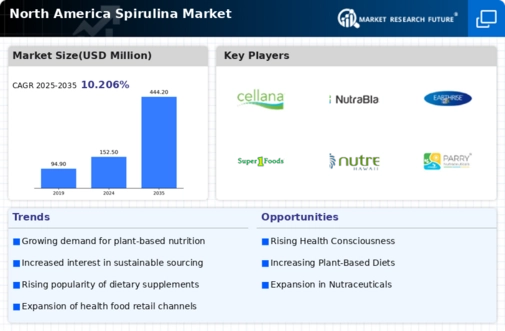
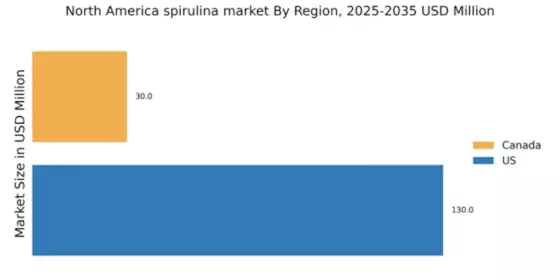

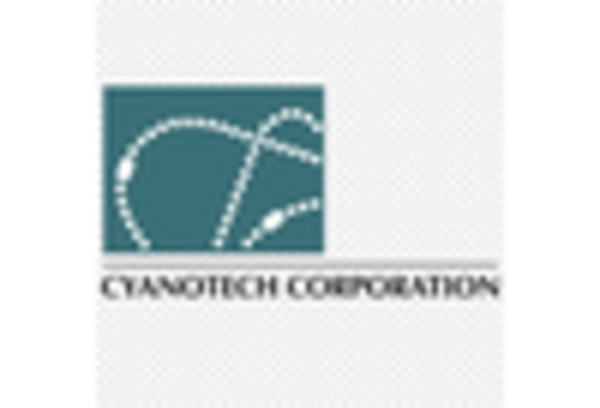
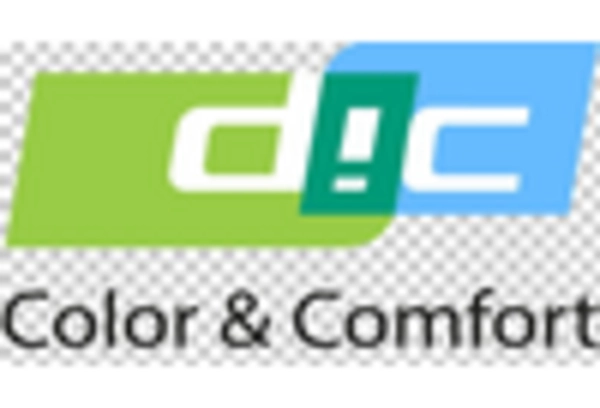
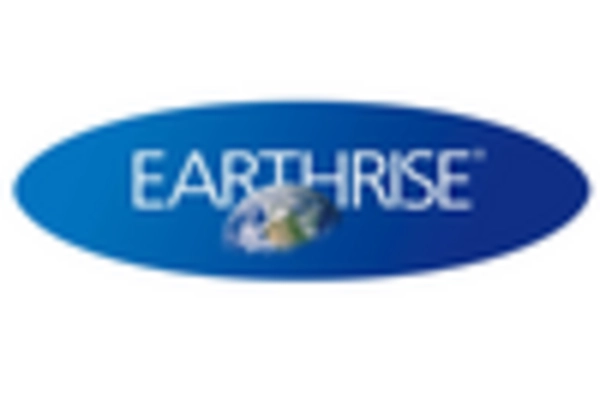










Leave a Comment